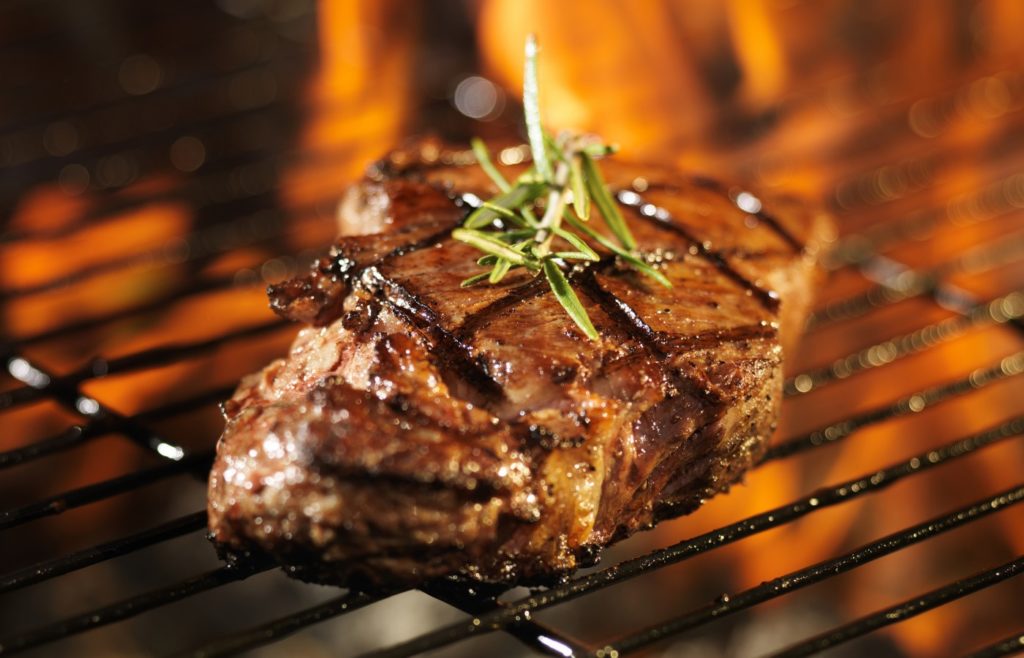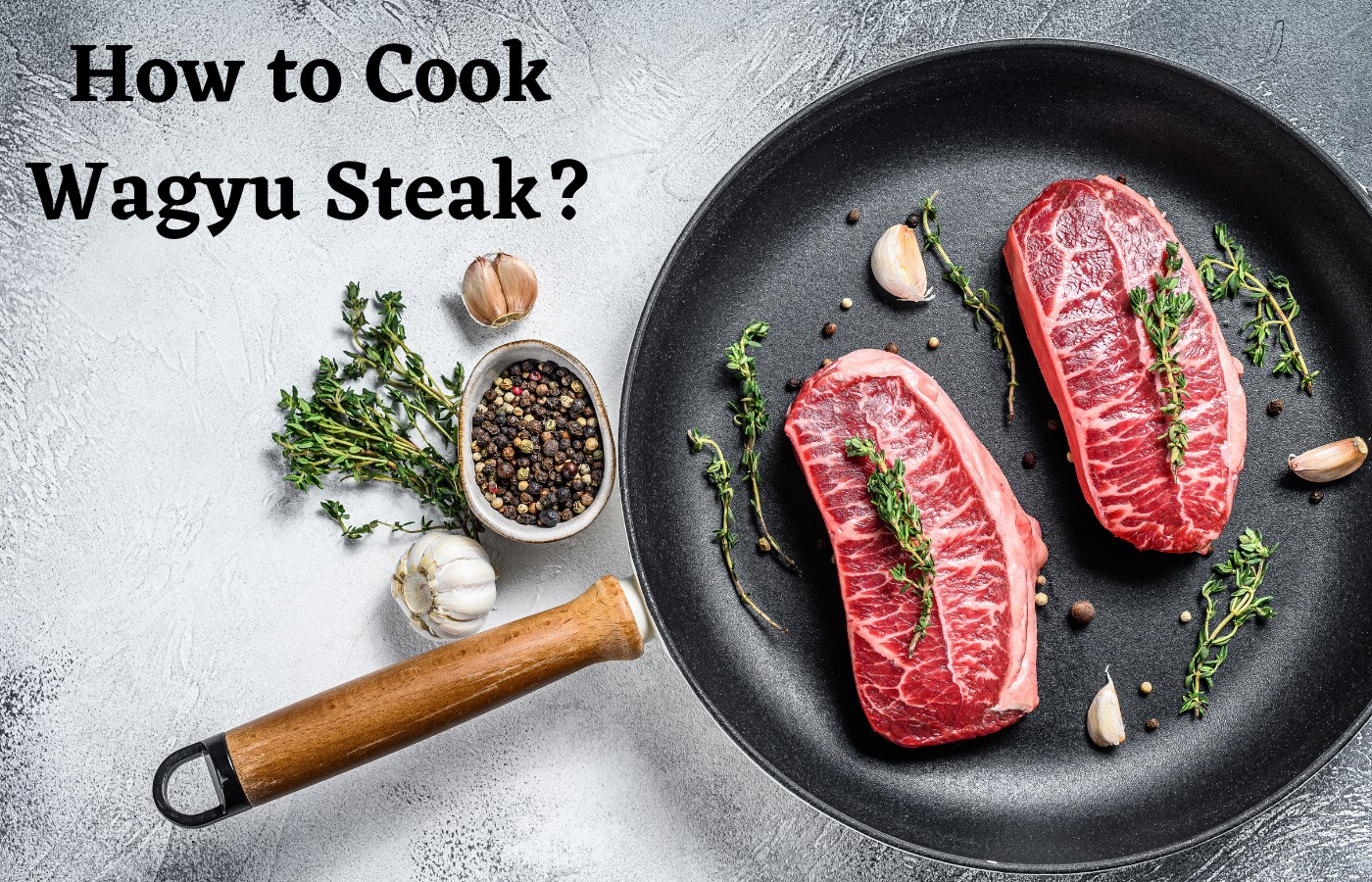The Japanese Wagyu breed is one of four types of beef cattle native to Japan, and the tender meat is exported around the world. Known for its mouth-watering, delicious meat, wagyu steak is the most memorable meal in Japanese cuisine. Seared with butter and enriched with natural flavor, this high-quality meat is undoubtedly a significant investment. At fine dining restaurants like Sanraku, Japanese steaks are prepared with the utmost authenticity, so the taste justifies the price. However, you can cook steak at home if you do not want to spend much money on dining out. Check out the recipe below to cook yourself the best wagyu steak ever.
Types of Wagyu Steak Cuts
Before purchasing steak, you should know what cuts you can select based on your budget and taste preference. Following are the most sought-after cuts of wagyu steak that will help you prepare the original Japanese steak meal.
- Filet or Tenderloin- this is the most tender, intensely marbled, and flavorful meat. Also, it is the most expensive cut.
- Top sirloin has moderate tenderness and good flavor and is best for grilling, frying, and broiling.
- Skirt steak is a thin cut, tender when appropriately cooked, and has flavorful, crispy edges.
- Ribeye- intensely marbled, delicate, dynamic flavor, ultimately the beefiest steak.
- Strip steak- Also known as New York Strip, is the part of T-bone, densely flavored, served boneless, and perfect for grilling.
- Hanger steak- is less flavorful in comparison and requires effort to prepare and cook it tender.
- Flat iron steak is tender, shoulder part, well-marbled, intensely flavored, and best for grilling and broiling.
Supplies You’ll Need
- Wagyu steak- your preferred cut
- Cast iron pan or skillet- non-stick pans are better used because they require less grease than other utensils. You can also choose a utensil that bears a searing temperature.
- Fat or oil is required for searing the steak. You can opt for sunflower, peanut, and avocado oil. However, trimmed fat from ribeye goes great for searing since it retains and boosts the steak flavor.
- Salt- large grain salt is preferred for seasoning the steak on both sides. You can opt for Kosher salt, Morton’s, or Diamond Crystals.
- Foil- Tin or aluminum foil is required to wrap the steak after marinating.
- A meat thermometer helps you perfectly cook your meat since it indicates inside and outside temperature.
Preparation
The following steps help prepare your meat before searing and serving it.
Defrosting
The steak cuts you buy are frozen, so they require defrosting. Knowing accurate defrosting techniques is essential since negligence and nontechnical acts can destroy the natural flavor. Expert chefs recommend defrosting your steak meat in a fridge for about two days. Moreover, you will lose fat, aroma, and flavor if you defrost the meat at room temperature or microwave.
Temperature Adjustment
After defrosting in the fridge for about 48 hours, it is necessary to lower the temperature of your meat before cooking. Place the cut meat at room temperature for about 1-2 hours, depending on the thickness of your meat. You can use a meat thermometer to check the temperature for more cooking.
Sizing and Trimming
Trimming means removing fat strips from the sides of the meat. These fat pieces are then required for searing the pan and caramelizing the crisp edges. You can also cut the meat into smaller pieces if required. Generally, a piece of ribeye can serve three people. When serving traditional Japanese cuisine, make sure the steak is cut into bite-sized portions.
Seasoning with Salt
Professional cooks prefer seasoning the steak with large grain salt like Kosher salt. Salting is essential to remove moisture from the steak, tenderize the meat, and reduce cooking time. Salt also enhances the flavor of steak by diffusing deep into the flesh. In general, steaks are salted 48 to 72 hours before cooking. Nevertheless, seasoning and marinating for about 36 hours is also good if you want it quickly.
Dry Aging
Another technique used by the Japanese to remove moisture from steak and boost its taste is dry aging. Dry aging is done for about one to two weeks to reduce the moisture and boost the natural meaty taste. Learn the exact dry-aging process before applying it since you cannot dry-age your meat wrapped up in a cheesecloth in the fridge.

The Quick and Easy Steps to Cooking
There are many ways people and professional cooks prepare their steak. Some love to sear and grill the steak; others prefer broiling and frying. Nevertheless, when you say steak, searing and grilling is the best method to make your meat mouth-watering and delicious. Here is the authentic Japanese method ideal for making Japanese Wagyu steak.
Japanese Grill Method
- Defrost your meat by the method described above if only you bought frozen cuts. After defrosting, bring the beef to room temperature. It will take almost an hour.
- Pat dry your meat using a kitchen cloth and trim the fatty edges if necessary. You can trim a small amount of fat to provide you with grease for searing. After trimming, you can proceed to size. For the authentic Japanese recipe, you should cut the meat into square-shaped slices of about 1-inch thickness and 3 inches in length. Moreover, you can also make thin strips to enjoy crispy edges.
- Heat your skillet or grilling pan to the point where it will vaporize water immediately without taking much time.
- Add butter, beef fat, or tallow to grease the hot pan.
- Sear the top and bottom side of the steak for about 1 minute until golden brown. Then, sear the sides for about 40 seconds. Use a meat thermometer to check the temperature of your meat to get the required degree of doneness. Avoid poking and pricking the meat to check if it’s done. Lastly, place your seared steak in the oven to grill and broil it. For rare and medium-rare Wagyu steak, the temperatures should be 120-130 degrees Fahrenheit and 130 to 140 degrees Fahrenheit. A medium cook is about 1401-50 degrees Fahrenheit.

